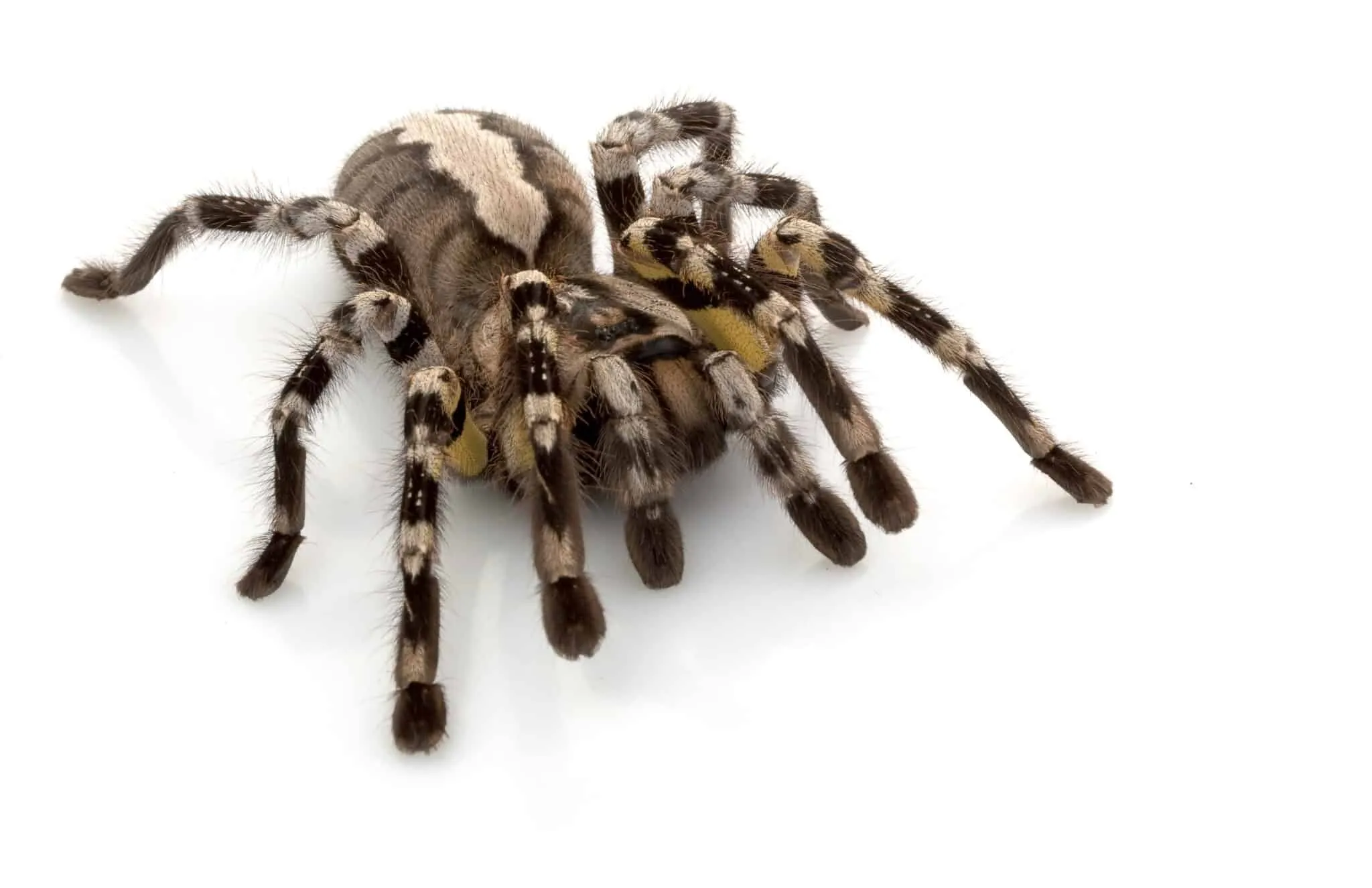Tarantula vs Yılan 5 Key Differences
The natural world presents a fascinating array of creatures, each with unique characteristics and survival strategies. Among these, tarantulas and yılan (snakes in Turkish) are particularly intriguing, often sparking curiosity and sometimes fear. While both are predators and can be found in various habitats, they belong to entirely different animal classes, exhibiting significant differences in their appearance, behavior, and ecological roles. This article delves into a comparative analysis of tarantulas and yılan, highlighting five key distinctions that set these creatures apart. Understanding these differences not only enhances our knowledge of the natural world but also helps in appreciating the diversity and complexity of life on Earth.
Appearance Differences between Tarantulas and Yılan
One of the most immediate differences between a tarantula and a yılan lies in their physical appearance. Tarantulas, belonging to the class Arachnida, are characterized by their eight legs, two body segments (cephalothorax and abdomen), and the presence of chelicerae (fangs). Their bodies are typically covered in hairs, which can vary in color and texture depending on the species, ranging from vibrant blues and oranges to more subdued browns and blacks. They possess pedipalps, which resemble small legs, used for sensory purposes. These creatures have a hard exoskeleton that provides protection. The visual impact of a tarantula is often dominated by its hairy appearance and imposing size, with some species capable of reaching significant dimensions.
Body Structure of Tarantulas
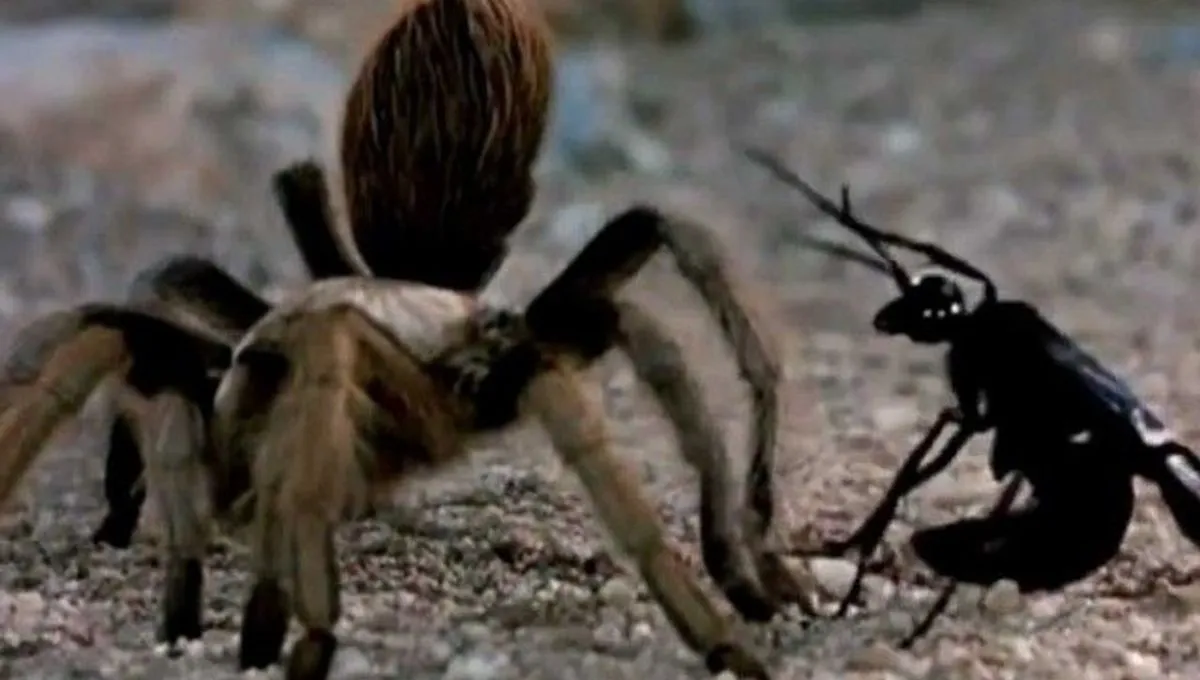
The body structure of tarantulas is specifically designed for their predatory lifestyle. The cephalothorax houses the brain, eyes, mouthparts, and legs, offering a centralized control center. The abdomen contains vital organs such as the heart, digestive system, and reproductive organs. Their chelicerae are equipped with fangs that deliver venom, crucial for subduing prey. The multiple legs allow for quick movement across various terrains, including climbing and burrowing. Spinnerets, located at the rear of the abdomen, produce silk used for creating webs, lining burrows, and wrapping prey. The overall structure emphasizes both agility and defense, making the tarantula a formidable hunter.
Body Structure of Yılan
In stark contrast, yılan (snakes) are characterized by their elongated, limbless bodies. Belonging to the class Reptilia, they possess scales that cover their entire body, offering protection and aiding in movement. The shape and color of these scales vary greatly depending on the species, offering camouflage in diverse environments. Snakes have a flexible jaw that allows them to swallow prey much larger than their heads. Their skeletal structure includes numerous ribs that support their bodies and aid in movement. Unlike tarantulas, yılan’s internal organs are arranged in a linear fashion to fit their elongated bodies. Some snakes also possess heat-sensing pits that assist them in locating prey, enhancing their predatory capabilities.
Venom and Bite: Tarantula vs Yılan
The use of venom is a significant difference between tarantulas and yılan. While all tarantulas possess venom, it is generally not considered lethal to humans. The venom is primarily used to immobilize prey, such as insects and small vertebrates. The bite of a tarantula can be painful, causing localized pain, redness, and swelling, but serious complications are rare. Some species may have more potent venom, but the primary function is still to subdue prey, not to defend against large predators like humans. The effect of the venom varies significantly based on the species of tarantula and the size and sensitivity of the individual bitten.
Tarantula’s Venom and Bite
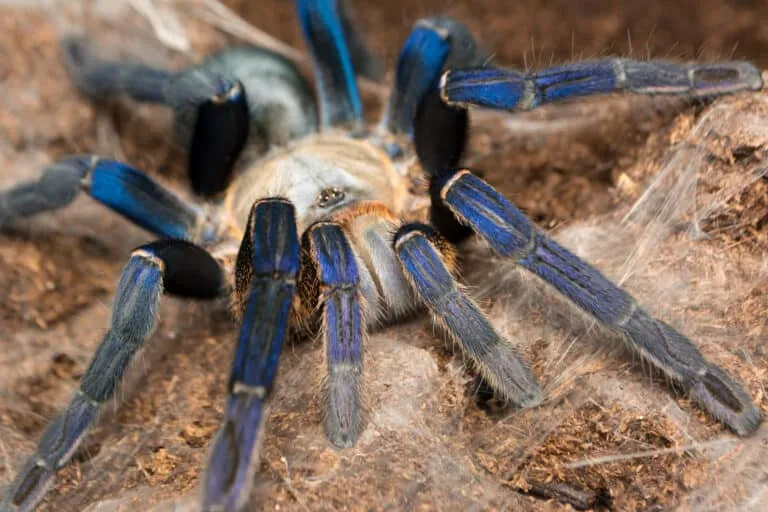
Tarantula venom is a complex mixture of toxins. Its primary purpose is to quickly disable prey, allowing the tarantula to safely consume it. The effects of the venom range from muscle paralysis to digestive breakdown, which make the prey easier to consume. While bites from tarantulas are generally not life-threatening to humans, they can be quite painful. The severity of a bite depends on several factors, including the species of tarantula, the amount of venom injected, and the individual’s sensitivity. In most cases, the symptoms resolve within a few hours or days, but allergic reactions can sometimes occur.
Yılan’s Venom and Bite
Many species of yılan are venomous, utilizing their venom to subdue prey and, in some cases, as a defense mechanism. Snake venom is far more potent and can be lethal to humans, depending on the species and the amount of venom injected. Venomous snakes have specialized fangs that deliver venom directly into the prey’s bloodstream. Snake venom contains a mixture of toxins that can cause a variety of effects, including neurotoxicity, cardiotoxicity, and hemotoxicity. Bites from venomous snakes can cause severe pain, swelling, tissue damage, and potentially death if not treated promptly with antivenom. The impact of a snake bite varies based on the species, the amount of venom injected, and the victim’s health.
Habitat and Environment of Tarantulas and Yılan
Tarantulas and yılan inhabit diverse environments, though their preferences differ considerably. Tarantulas are found in a variety of habitats, including tropical rainforests, deserts, grasslands, and even suburban areas. They are often terrestrial, living in burrows they dig themselves or occupy naturally occurring spaces. The specific habitat of a tarantula depends on its species, with some preferring humid environments while others thrive in arid conditions. Their adaptability allows them to survive in various climates, provided there is a sufficient food supply and suitable shelter. The presence of tarantulas can often indicate a healthy ecosystem, as they play a role in controlling insect populations.
Tarantula’s Natural Habitat
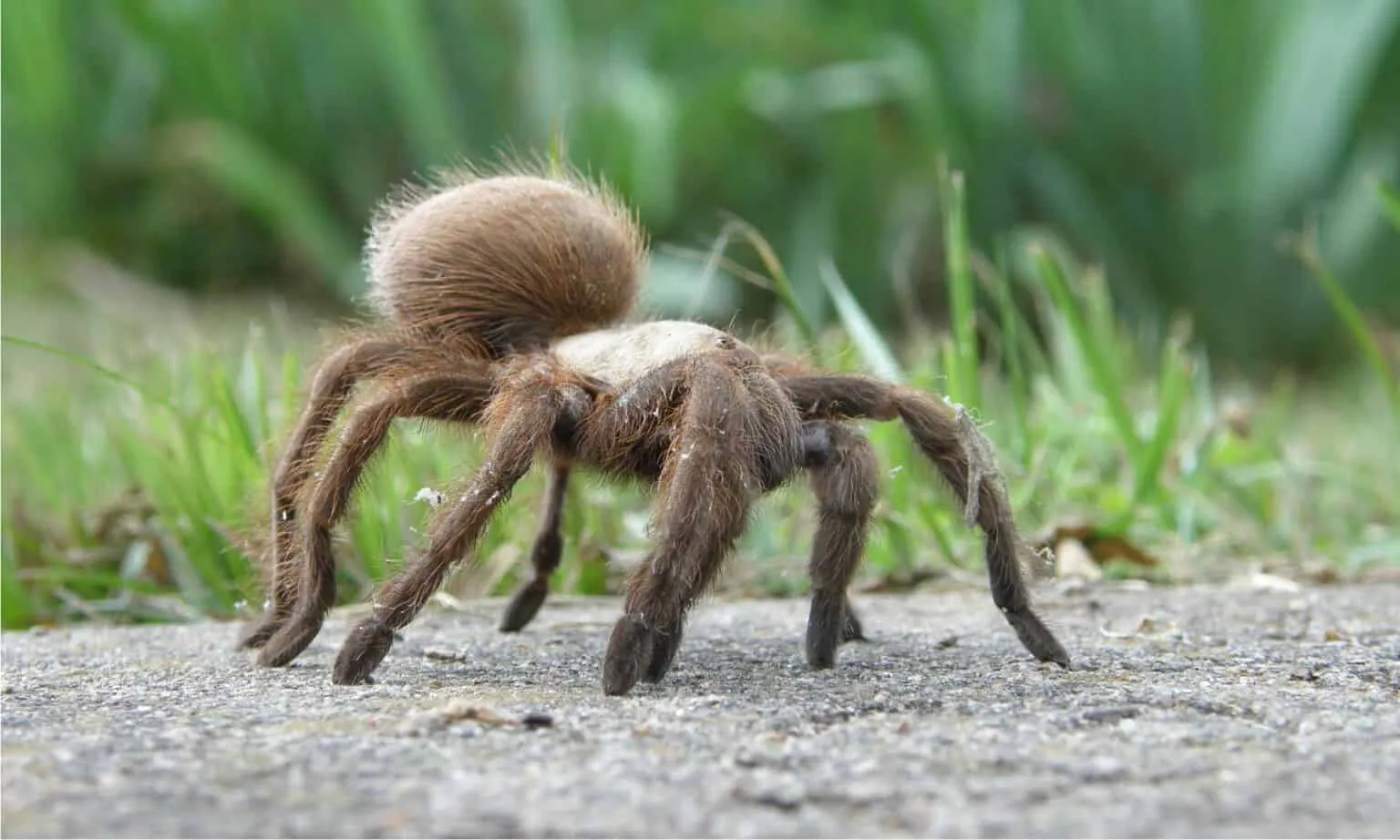
The natural habitat of a tarantula is as varied as the species themselves. Some tarantulas are arboreal, meaning they live in trees, while others are ground-dwelling, constructing burrows in the soil. The burrows provide shelter from the sun, predators, and temperature fluctuations. These spiders often prefer areas with moderate humidity and temperature, although they can adapt to harsher environments. They are most active during the night, when they hunt for prey, which includes insects, other arthropods, and sometimes small vertebrates. The availability of suitable prey and shelter is crucial for their survival, as is the absence of significant threats like pesticides or habitat destruction.
Yılan’s Natural Habitat
Yılan, or snakes, are found on every continent except Antarctica, with a wide range of habitats, including forests, deserts, grasslands, and aquatic environments. Different species have adapted to thrive in specific environments. Some are terrestrial, while others are semi-aquatic or fully aquatic. Their presence and distribution are heavily influenced by factors such as climate, prey availability, and the presence of predators. Snakes play a vital role in ecosystems, controlling rodent and other small animal populations. Their habitat also affects their behavior and physical adaptations; for instance, desert snakes may have scales that help retain moisture, while aquatic snakes have streamlined bodies for swimming.
Diet and Feeding Habits: Tarantula vs Yılan
The dietary habits of tarantulas and yılan are another key area of difference. Tarantulas are primarily insectivores, feeding on insects, but they also prey on larger invertebrates and sometimes small vertebrates. Their hunting strategy involves ambush or active pursuit, using their venom to immobilize their prey before consuming it. They typically eat their prey whole, secreting digestive enzymes to break down the food. The size of the prey varies depending on the size of the tarantula, with larger species capable of consuming small lizards, birds, or rodents. Their feeding frequency depends on their size and the availability of food, with some species able to survive for extended periods without eating.
Tarantula’s Diet
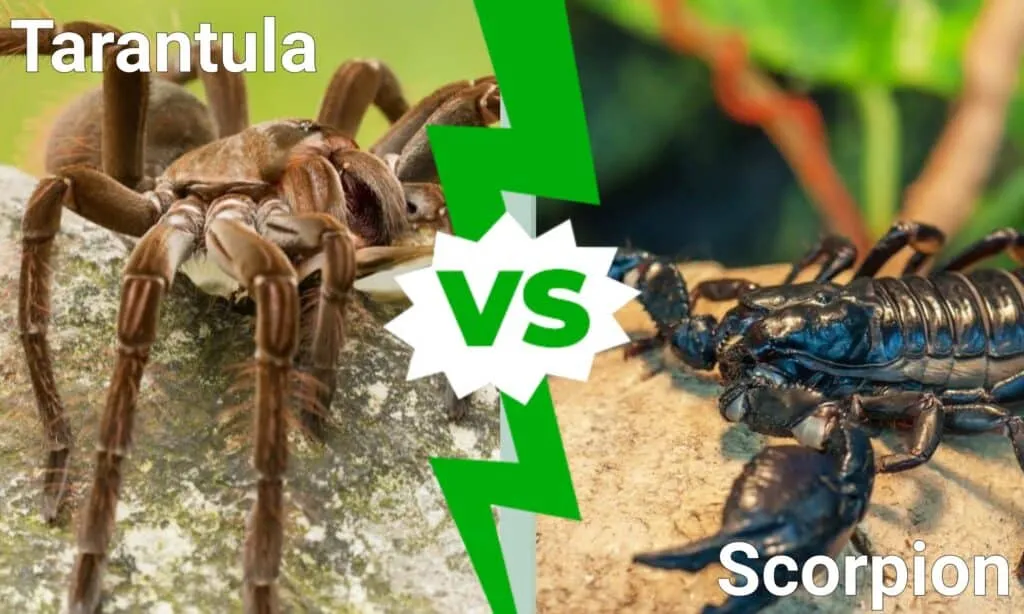
The diet of a tarantula is diverse, consisting mainly of insects such as crickets, cockroaches, and mealworms, which they actively hunt or ambush. They also consume larger prey, including small vertebrates like lizards and rodents, depending on the size of the tarantula. Tarantulas use their chelicerae to inject venom, which paralyzes and pre-digests the prey. Once the prey is immobilized, the tarantula uses its mouthparts to crush the prey and suck out the nutrient-rich fluids. Tarantulas consume their prey whole, leaving behind the exoskeleton or bones. The nutritional needs of a tarantula vary depending on its growth stage and activity level.
Yılan’s Diet
Yılan, or snakes, are carnivores, and their diet consists of a wide range of prey, depending on the species and the habitat. Some snakes specialize in eating rodents, while others feed on birds, amphibians, fish, or other snakes. Snakes swallow their prey whole, using their flexible jaws and body to accommodate larger meals. Digestive enzymes break down the food within the snake’s body. Their feeding habits vary depending on the species, with some snakes hunting actively and others using ambush tactics. The frequency of feeding depends on the size of the snake, the size of the prey, and the availability of food. Their diet plays a crucial role in maintaining ecosystem balance by controlling the populations of various animals.
Behavioral Traits of Tarantulas and Yılan
The behavioral traits of tarantulas and yılan also differ significantly. Tarantulas are generally solitary creatures, except during mating season. They are typically nocturnal, hiding during the day and becoming active at night to hunt. Tarantulas are known for their defensive behaviors, such as flicking urticating hairs from their abdomen to deter predators. They are also capable of biting if threatened. Yılan, on the other hand, exhibit a range of behaviors, from solitary hunting to social behaviors such as communal denning. Some snakes are highly venomous and employ venom as a defense mechanism, while others use constriction or ambush tactics. Their behavior is also influenced by their habitat and the presence of predators, showcasing a wide diversity in survival strategies.
Tarantula Behavior
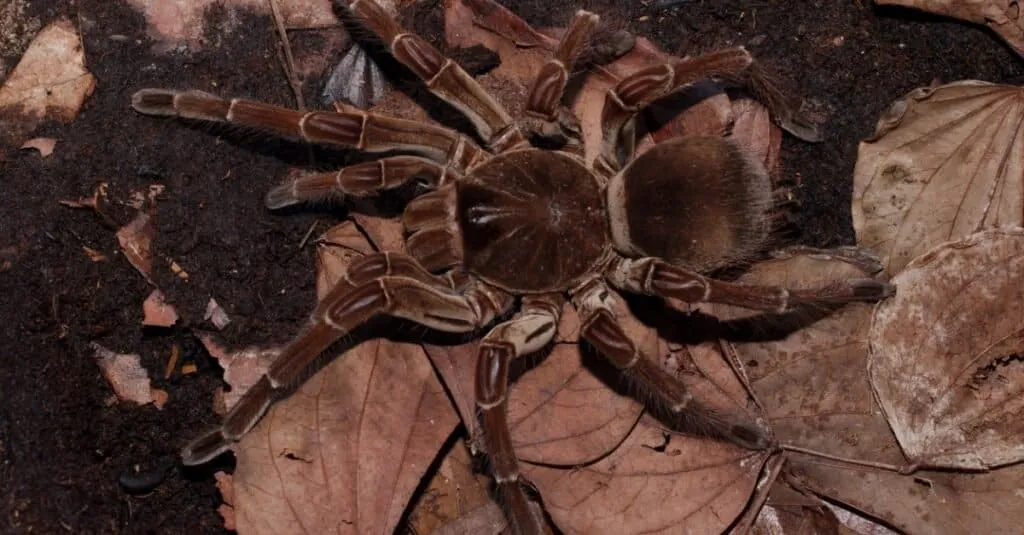
Tarantulas are generally solitary creatures, exhibiting territorial behavior and primarily active during the night. They are known for their defensive behaviors, which include raising their front legs to appear larger and more intimidating. They may also flick urticating hairs from their abdomen, causing irritation to potential predators. If cornered or directly threatened, tarantulas can bite, injecting venom, although the bite is typically not life-threatening to humans. During mating, males display specific courtship rituals to attract females. After mating, the female may consume the male, or the male must quickly escape to avoid becoming prey. Their behavior is primarily driven by their need to survive, find food, and reproduce.
Yılan Behavior
Yılan, or snakes, display a wide range of behaviors depending on the species. Some are ambush predators, waiting patiently for prey to come within striking distance. Others actively hunt, exploring their environment for food. Their social behaviors vary; some snakes are solitary, while others, such as certain species of snakes, may den together for warmth or protection. Defensive strategies also vary, with some snakes relying on camouflage, others on venom, and others on constriction. Their mating behaviors also show diversity, with males often engaging in elaborate courtship rituals. Yılan behavior is intricately linked to their survival and reproductive success, adapting to environmental pressures and prey availability.
Conclusion Which is More Interesting
In conclusion, both tarantulas and yılan are fascinating creatures with distinct characteristics that set them apart. The differences in their appearance, body structure, venom, habitat, diet, and behavior highlight the evolutionary adaptations that enable them to thrive in diverse environments. While tarantulas are characterized by their eight legs, hairy bodies, and relatively mild venom, yılan possess limbless bodies, scales, and often potent venom. Their habitats, diets, and behavioral patterns also showcase significant contrasts. Ultimately, the ‘more interesting’ creature is subjective, depending on individual fascination. Both represent incredible examples of adaptation and biodiversity, worthy of study and respect. Observing and learning about these creatures provides insight into the complexity and beauty of the natural world, encouraging a deeper appreciation for the environment.
